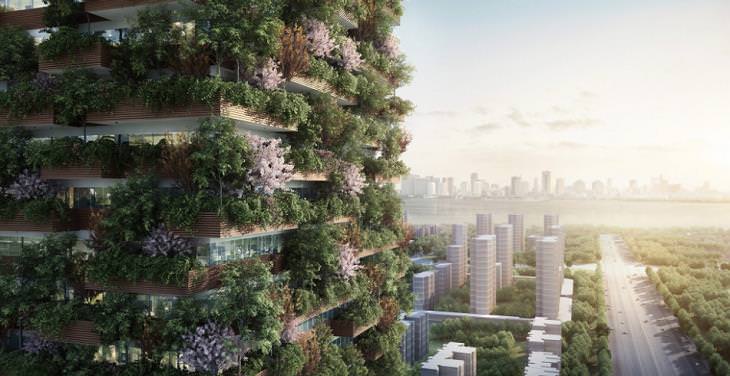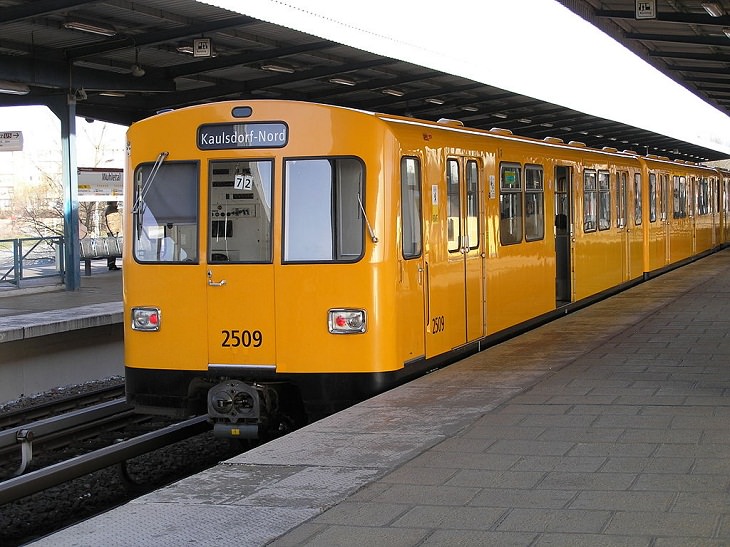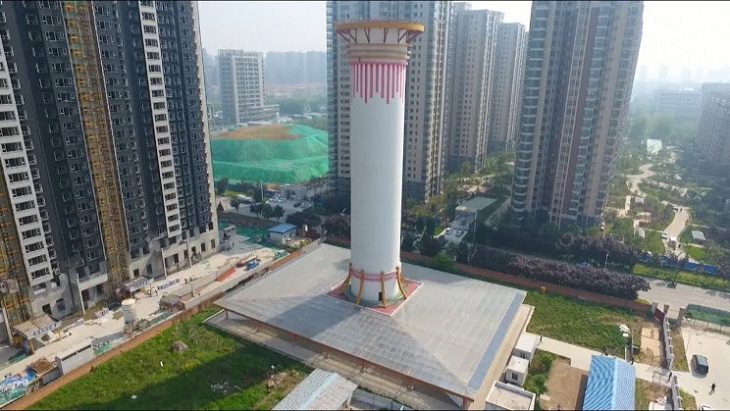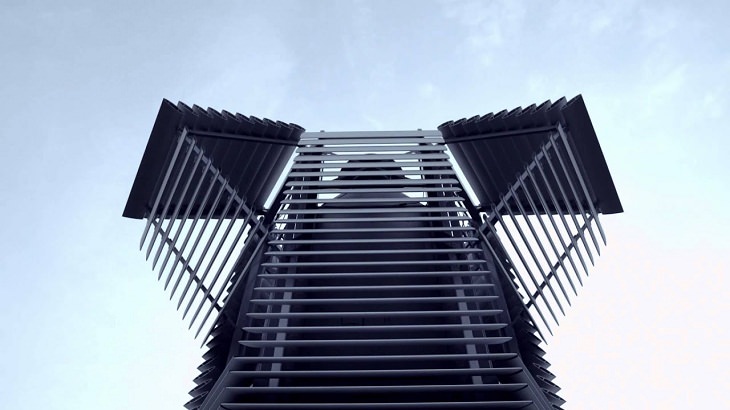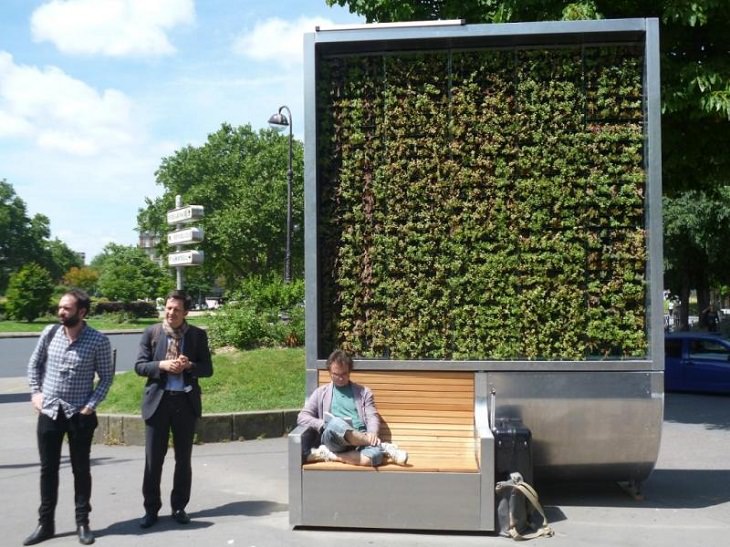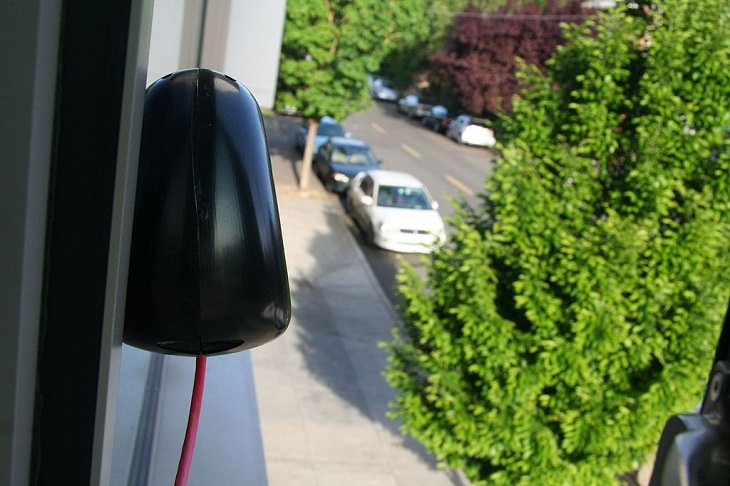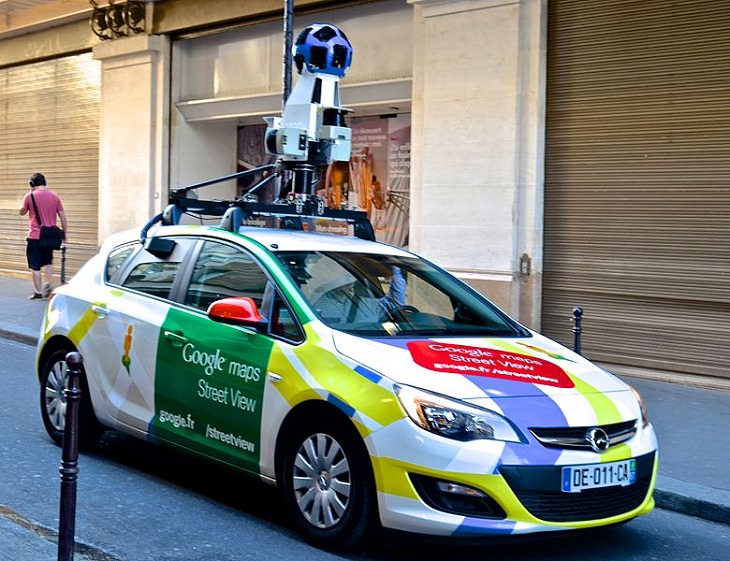In a bid to eliminate air pollution, German authorities came up with the novel idea of making public transport free in 2018. The goal was “to reduce the number of private cars” in the country as much as possible.
Since then, five German cities – Bonn, Essen, Herrenberg, Mannheim, and Reutlingen – have been selected to offer significantly cheaper transport tickets, while the government subsidizes the projects with €128 million to help cover the income shortfall.
Now, in April this year, it was reported that the small city of Monheim will make local transport free of charge for its citizens. “In our climate concept, we have committed to reducing emissions,” declared Monheim's mayor Daniel Zimmermann. Around 55 percent of the citizens of Monheim, which has a population of over 40,000, still use cars. This plan comes after the city made five of its bus routes free to customers for a week in November last year.
It remains to be seen if the authorities can successfully implement this plan but if they indeed pull it off then it can have a significant impact on the quality of air in Germany.
3. World’s Largest Air Purifier
As mentioned above, China has been working on numerous projects to combat the rising air pollution in their country. In 2018, they started work on the world's largest air purifier in the Xian region. The gigantic structure is 328 feet (100 meters) high and can improve the air quality within an almost 4-mile radius (10 square kilometers). The tower works through greenhouse coverings. Firstly, polluted air is sucked in and heated up by solar energy. Then, it is circulated through multiple layers of cleaning filters.
Researchers at the Institute of Earth Environment at the Chinese Academy of Sciences have noted that they have seen improvements in the air quality in the area and even scientists have said that the tower appears to be working. Citizens of the area, too, have felt a visible change in the air quality, even during the winter. If the tower truly works then similar concepts can be emulated in different parts of the world.
4. The Smog-Free Tower
What if there was a device that could turn air pollution into treasure? Sounds like a concept from some weird sci-fi movie, right? It isn’t. The Smog-Free Tower, dubbed as the first smog vacuum cleaner, sucks in smog and condenses the particles into gemstones. The brainchild of Dutch designer Daan Roosegaarde, the smog-free tower uses little energy and uses a manufacturing process that makes fine jewelry out of the smog residue. The 7-meter (23 ft) high modular system is located in a public park called Vierhavensstraat 52 in the Netherlands and is equipped with patented ionization technology, lightweight construction, and LEDs. The tower has the ability to process 30,000 cubic meters of air every hour, get rid of ultra-fine smog, and let out clean air.
The smog-free tower uses very little energy and sends positive ions into the air which connect themselves to dust particles. Then, a negative ion in the vacuum pulls the positive ions back inside and brings the particles with them. The carbon-filled smog particles collected by the tower are then compressed into jewelry products like rings and cufflinks. Each of these tiny stones contains smog dust filtered from 1000 cubic meters (265,000 gallons) of purified air.
The tower was launched in 2015 and after its success, the concept is now being used in other cities around the world.
5. CityTree
The quality of air in urban areas is particularly worrisome. Given that two-thirds of the global population will be urban by 2050, this is a real cause of worry. This is why planting trees is so important. However, CityTree has taken it a step further. Created by a German company named Green City Solutions, CityTree is a vertical unit that removes pollutants from the air. Each of these units is just under 4 meters (13 ft) tall, nearly 3 meters (9.8 ft) wide, and 2.19 meters (7.1 ft) deep. The makers of the device say that the environmental benefit of these units is up to 275 actual trees.
Interestingly, CityTree isn’t a tree at all. It is, in fact, a moss culture. "Moss cultures have a much larger leaf surface area than any other plant. That means we can capture more pollutants," said Zhengliang Wu, co-founder of Green City Solutions. Large moss surfaces are installed in each of these units can remove dust, nitrogen dioxide, and ozone gases from the air. Furthermore, solar panels provide electricity, while rainwater is collected into a reservoir and then pumped into the soil. There are also sensors in each CityTree that helps measure soil humidity, temperature, and water quality.
6. Pollution sensors
In our fight against air pollution, the one thing that will really help a great deal is proper data. In suburban and rural areas, especially, lack of comprehensive data for measuring air quality is an issue. In India, the authorities have launched pollution sensors across all areas of the country that will allow them to detect and manage air pollution better. The plan is to install these little monitoring instruments in as many suburban and rural areas and possible as they can better monitor and forecast pollution while also providing greater awareness about particulate matter. Hopefully, in the time to come, these sensors will deliver the important data that helps India fight air pollution.
7. Project Air View
You might have seen or heard of Google’s Street View cars. But do you know they aren’t just your average car? For the past few years, these cars have been measuring air quality in different cities of the world. With the help of the data they have collected, they will eventually provide the average man with enough information to study the average air quality in their area, and other areas around the world in the future.
The project was launched by Google in 2015 and back then Google Street View cars traveled around West Oakland taking air samples. The idea is to emulate this concept all over the world as access to such information would allow for more efficient targeting of anti-pollution initiatives. More importantly, it will let people know about the more hazardous areas in the vicinity where the air quality is poor. Eventually, people will be able to interact with air pollution data on a 3D map of their cities on various devices with its help.
Liked this post? Please share it with others...

